Hollywood’s obsession with hiding people’s imperfections borders on the ridiculous
Heroes, it seems, can have scars just as long as they’re sexy scars, so they’re relatable you see

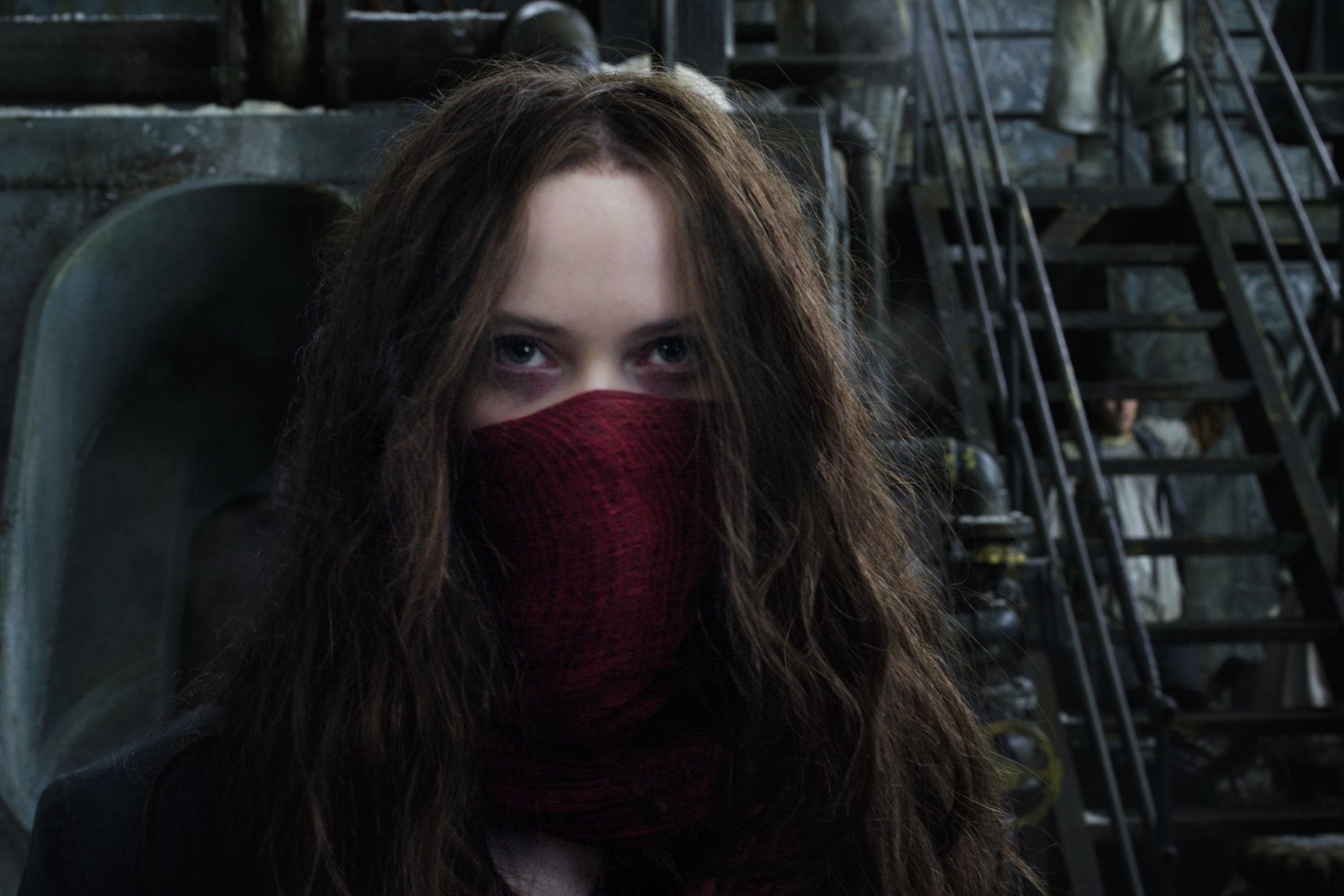
It’s hard to find positives in Britain this year, but the British Film Institute (BFI) has managed to serve one up. Kudos.
The organisation did it by saying it would cease funding films with scarred baddies. At a time when it’s all too clear that the real villains have nary a pimple, this matters. Those that do take an awful lot of unnecessary crap. It’s needlessly amplified by pop culture’s reliance on the scarred evil doer. It pains me to say that Star Wars is a particularly egregious offender when it comes to the use of that lazy trope. Nearly all the franchise’s baddies have some form of scarring.
But the BFI’s praiseworthy attempt to stem the tide of scarred villains in movies represents a job only half done.
The debate recently roared into life courtesy of Peter Jackson’s Mortal Engines, an adaptation of the book by British author Philip Reeve. Hester Shaw, its female protagonist, is described, somewhat unfortunately, in the book when we first meet her as “hideous”.
She has only one eye and her mouth is fixed in a permanent sneer, the result of a poorly healed wound delivered by a sword wielded by Valentine the (unscarred) villain of the piece.
The screen version of Hester has visible scars, but you’d never use the word “hideous” in connection with the way Hera Hilmar appears in the role.
Peter Jackson addressed the controversy that blew up as a result, saying that the character had to be “relatable” to audiences. Oh God. Talk about digging your own hole.
I’d have had more respect for Jackson – whose earlier King Kong invited us to relate to a giant gorilla – had he just been honest and said “look, the studio’s put a lot of cash up for this and the money men got scared about having a female protagonist looking like the author’s description”.
It might be tempting to view this through the lens of the long standing sexism of Hollywood studio executives that leads to female actors being passed over for leading roles by the time they’ve reached, what, 35 when leading men carry on into their dotages.
But the same process can be seen with male stars too. The most obvious current example is the way Peter Dinklage’s Tyrion Lannister is made up in HBO’s Game of Thrones. His character lost half his nose in George R R Martin’s books. In the TV show his wounds have been reduced to a visible, but far less graphic, mark across his face.
Heroes, it seems, can have scars just as long as they’re sexy scars, so they’re relatable you see.
But wait, what’s this. If you visited a multiplex recently you may have seen Deadpool 2 getting a second outing courtesy of Once Upon a Deadpool, a “family friendly” cut of the wildly anarchic film that got a PG 13 in the US but was still slapped with a 15 by the stuffed shirts at the British Board of Film Classification in the UK. In the view of my son, they’re the real baddies. Boo!
Deadpool’s star Ryan Reynolds has the sort of looks that qualify you for pride of place on the walls of teenage girls’ bedrooms, and not a few boys too. But halfway through the first film they’re gone, courtesy of his antagonist.
From then on when we see him out of his iconic red and black costume, well let’s just say he falls someway short of the sort of idealised male beauty required of a pin up.
Deadpool is, of course, part of the X-Men universe, which has its fair share of unconventional looking heroes (Nightcrawler, for example, is bright blue with yellow eyes) and is all about acceptance, tolerance, the fight for justice by a marginalised group.
It started life as a metaphor for the civil rights struggle in the US, although the comics didn’t take the logical step of including a black character until its second iteration in the 1970s.
The makers of Deadpool, and its star, took gleeful pleasure in thumbing their noses at convention, including the one that holds that people won’t relate to a scarred hero. Perhaps that’s why it was such a smash. Audiences were after something different, which it provided.
They proved they were willing to accept, and embrace, a hero with very visible scars, showing themselves to be a lot more evolved than most movie executives, and someone like Jackson, much as it pains me to say that of the man who brought the Lord of the Rings to the silver screen. The treatment of Hester in Mortal Engines is all the more infuriating given the book’s ultimately positive message (spoiler alert). Tom Natsworthy, its male protagonist learns that beauty is only skin deep.
Perhaps Hollywood, hell the entire entertainment industry, should read it. Perhaps we should set Deadpool on them, swords and all, if they fail to get the message.

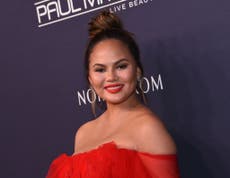
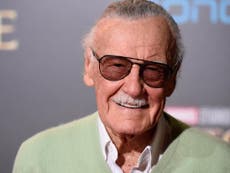
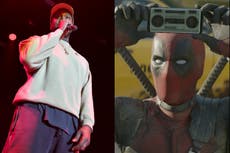
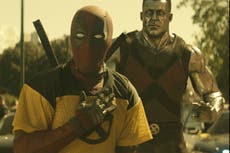
Join our commenting forum
Join thought-provoking conversations, follow other Independent readers and see their replies